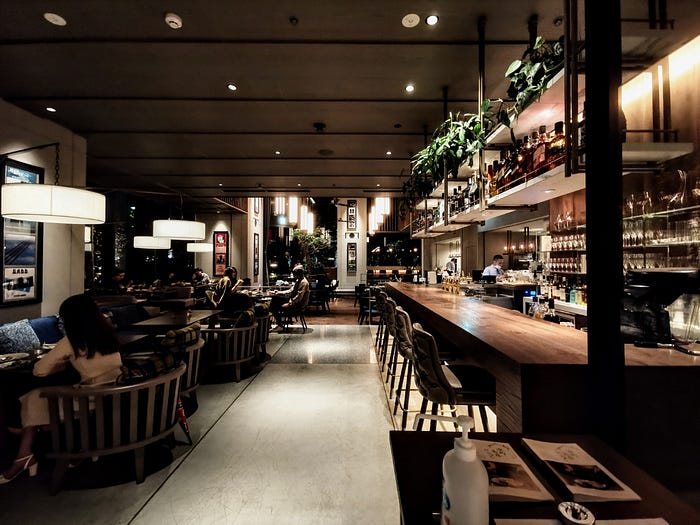It’s the Future of AI in Restaurants

Restaurants are starting to open up at limited capacity as vaccines roll out, and cities start easing restrictions. If you compare going out to eat in 2021 with going out to eat in 2019, several things stand out. First, because of COVID-19, you probably need to make reservations if they want to sit in a restaurant that’s only operating at 30 percent capacity. Second, when you’re seated, you might feel protected by the plexiglass that sits between tables.
Besides these changes, you’ll also experience a change in how you order in many restaurants around the country, thanks to AI implementation in restaurants.
How AI is Changing the Restaurant Industry
Here are some of the ways that restaurants are using AI to improve their customer experience. While some of these changes are driven by the recent pandemic, we’ll likely see them stick around even after the pandemic is over.
AI-driven menus
To start with, you might not engage with waitstaff the same way you’re used to or, in some cases, at all. Many restaurants have implemented digital menus that replace the need for waitstaff to take your order. While digital menus are not new, AI-powered menus are. These smart menus recall customer information, meaning if you frequent a restaurant, the menu will remember what you have ordered previously and use that information to make recommendations.
When AI-powered menus are combined with digital interfaces, such as ordering through your smartphone or an in-restaurant kiosk, customers feel safer. Fewer human interactions mean fewer chances of contracting COVID-19 (or anything else). Some restaurants are taking this a step further with voice assistant menus, which allow users to speak their order into the menu instead of touching a surface.
AI for operations management
If it feels like your favorite restaurant is surprisingly efficient, they’re probably using some form of AI for their operations. For example, today’s restaurants can use AI to oversee finances, keep track of inventory, and create schedules that ensure the place is fully staffed during mealtime rushes.
AI can also help managers choose who to schedule based on which employees perform the best during different times. For example, a cashier with the best record for upselling might be given prime shifts compared with a cashier who has minimal success upselling at the register.
Optimized delivery routes
Takeout has become increasingly popular. We should expect to see this trend continue, even after restaurants are allowed to open fully. People have gotten used to ordering takeout from home. It’s now part of many people’s routines.
Restaurants can implement AI into their routing systems to maximize each route, ensuring that drivers work as efficiently as possible to deliver hot food to customers while saving fuel costs.
All of these features from AI are just the beginning for restaurant owners. The opportunities to incorporate AI into their daily operations should be exciting for restauranteurs who want to provide exceptional customer service without overextending their budget.
As AI becomes more accessible to all markets, we should expect to see restaurants of all sizes start incorporating it to increase customer loyalty and satisfaction.